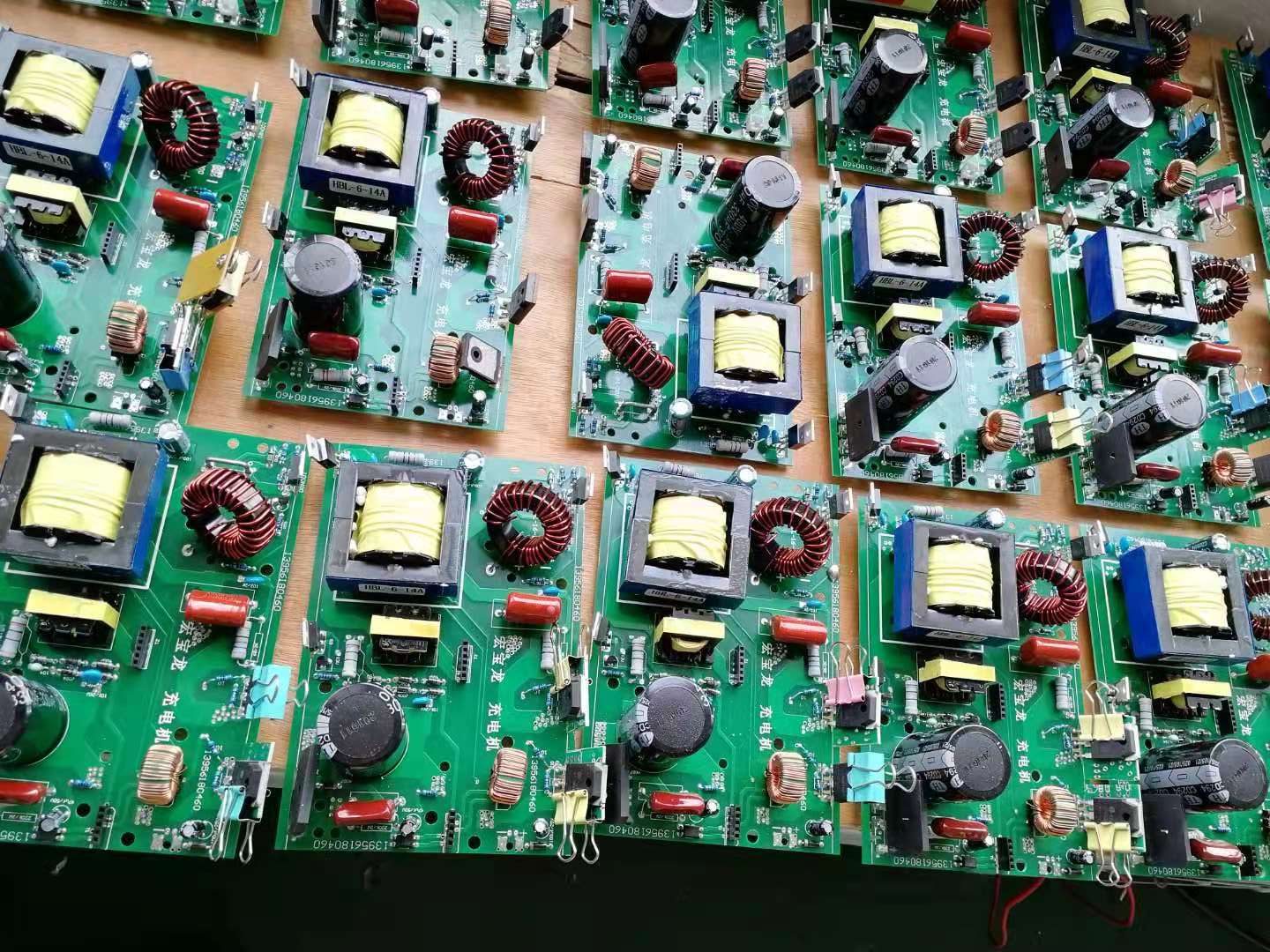The physical concept of a capacitor is that it consists of two conductive electrode plates with a discrete element of a substance with dielectric characteristics placed in the middle. The substances with dielectric characteristics referred to here are called insulating materials in electrical engineering, dielectric in physics, and dielectric in the capacitor industry.
Among capacitors, there is a special type of structure called electrolytic capacitors. The so-called electrolytic capacitor is that the two plates have a positive (positive) electrode and a cathode (negative) electrode, in which the anode is made of a specific valve metal, and on the surface of the metal is generated by electrochemical methods to generate an extremely thin and unidirectional conductive oxide film as a medium
And the cathode is usually a liquid or solid electrolyte that can generate and repair the dielectric oxide film, such a capacitor made of a special structure and special process. Referring to specific valve metals such as aluminum, tantalum, niobium, and titanium, the metal oxides Al2O3, Ta2O5, Nb2O5, and TiO2 are unidirectionally conductive.
There are many different types of electrolytic capacitors, so they can be classified from different angles:
(1)Classified by valve metal type: aluminum electrolytic capacitors, tantalum electrolytic capacitors and tantalum niobium alloy electrolytic capacitors, etc
(2)Classification by electrolyte state: There are liquid (wet) electrolytic capacitors and solid electrolytic capacitors
(3)According to the state of the anode, there are foil wound electrolytic electrolytic capacitors and sintered electrolytic capacitors
Of course, it can also be classified by use, working environment, and performance.
